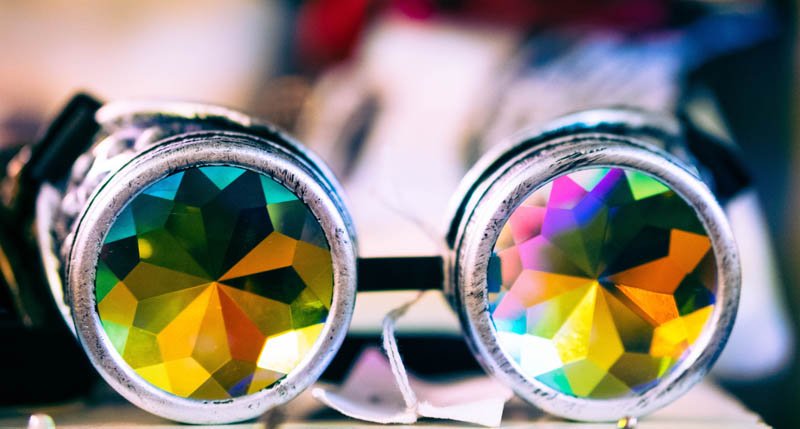Reflection and refraction of light is a very important phenomenon when it comes to your kids’ home school science curriculum. What we see around us is nothing but a pattern of light rays that come together to form an image at the back of our eye. Today I am going to teach you how to manipulate light rays by using lenses and mirrors in order to see far-off and tiny objects. So get ready for some fun!
You see an object when light reflecting from that object or passing through that object reaches your eyes. For example, you see an orange because the light reflected off the orange passes through the lens of your eyes and forms an image on your retina. You can read text from a computer screen because the light emitted by the screen falls on your retina.
Now your naked eyes cannot see objects that are far off such as a bird on a tree far away or a tiny ant in the grass a few feet away. You would just see a tiny thing, because the image formed on the screen of your eye, the retina, would be very tiny. Therefore you require microscopes to magnify tiny objects such as amoebas and telescopes to see far away objects such as planets. A home school science curriculum that teaches about microscopes and telescopes must include simple activities that simulate the working of telescopes and microscopes. I will discuss such activities below.
Now a simple telescope has two parts the objective and the eyepiece. The objective lens is much larger and helps to collect as much light as possible. The eyepiece which is close to your eye helps the image spread across your retina, enabling you to see the bird as if it is closer.
A microscope works in a similar way. One difference is that the objective lens is very small as it has to collect the light reflected or passing through a small specimen such as an ant or an onion skin. The eyepiece is comparatively bigger and magnifies the image. Another difference is that the objective lens of a telescope is fixed and the eyepiece is movable. On the other hand the objective lens of a microscope is movable and the eyepiece is fixed.
I always use two magnifying glasses to simulate the working of telescopes and microscopes in the home school science curriculum.
Do This Now!
Telescope
Hold two magnifying glasses in front of you one behind the other. Now move both lenses of the magnifying glasses in front of you and try to focus on an object far away such as a bird on a tree. You will be able to see the bird as if it was closer to you; only it will be upside down. This is how a simple telescopes work.
Microscope
Find some reading material that is in fine print or a tiny dead ant. Now hold two magnifying glasses in both hands one above the other over the object, say the ant. Adjust the distance between the lenses of the two magnifying glasses and the ant till the tiny ant comes into focus. You will see that it looks much larger. Microscopes work in a similar way.
We can make some cool and colorful patterns by making light rays reflect off mirrors. That is exactly what I am about to teach you in the next activity.
Kool Kaleidoscope
Take three identical rectangular mirrors strips which are long enough to form a triangular tube when you put them together lengthwise. Hot glue them together or secure them with masking tape, especially on the sharp edges (take an adult’s help). Alternatively, you may use cardboard strips with Mylar film stuck to them. Now look through the tube with one eye and move around. Enjoy the visual effect!
Happy Experimenting!
